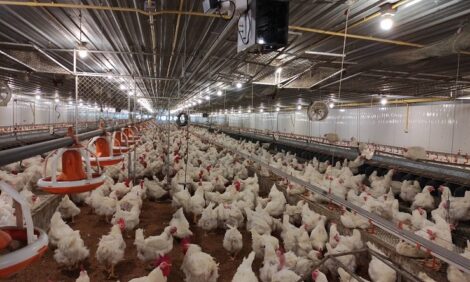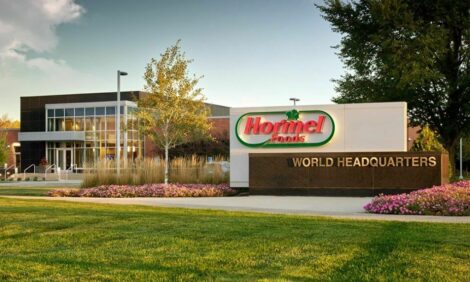



Price Fluctuations in Broiler Production
INDIA - Broiler farming is like a short term agriculture crop, converting vegetable nutrients into chicken meat.Maize and soya are the main inputs and broiler chicks turn into valuable chicken meat in less than 40 days.
Maize and soya make up to 90 per cent of broiler feed and their prices decide the production cost.
Seasonal variation in production and market sentiments also decide the prices.
Some of the variables are discussed:
- Soya and maize are still rain fed crops in many countries. The crop yield depends on the adequacy and frequency of rain fall. All the farm land in one area is planted at one time and this can yield an abundant crop or no crop at a particular time of the year. Many countries in Asia and Africa have adequate rain fall in season and the crop is abundant. The production is carried out by many small farmers producing small quantities all at the same time, however, the small farmers do not have good harvesting and post-harvest storage facilities. All of them rush to sell their produce at the same time. There is inadequate storage space and the prices fall under heavy supply. We see a 30 per cent variation in prices between harvest time and end of the crop. The prices are at the peak 15 to 30 days before harvesting, especially when production was less in the preceding year.
- There is a general estimation of total crop yield in every country and if production is low, hoarding of agricultural crops makes good business. Traders and big producers stock the material so they can sell at higher prices and the prices are manipulated. The 30 per cent fluctuation on 90 per cent of the feed ingredients has a tremendous impact on cost of production of the broilers.
- Seasonality affects the broiler performance too. In Asia and Africa, the birds are reared in open-sided houses and because of the environment, the way the flock grows varies widely. It is impossible to produce 2.0Kg + broiler flock in south India in summer, where the day temperatures cross 40°C and the birds spend most of the time panting rather than eating. Farms produce a 2Kg broiler in 36/37 days in post summer, monsoon months, when the temperature is down and humidity is optimum. If a million broilers are reared in a week around a city, the total volume of chicken produced can vary from 1.5 million kilos in summer to 2.2 million kilos in the following month in the same market size. This 50 per cent variation in availability puts a tremendous pressure on the market prices. The prices in summer months rise by 300 per cent compared to winter months.
- Live bird marketing leads to great market fluctuations. The unsold birds keep eating and do not grow proportionately. Daily mortality goes up and this leads to panic selling under pressure of additional investment in production, which is not planned.
- Seasonal variation in consumption decides the broiler price. People abstain from non-vegetarian food on some festival days and the broilers produced cannot be put out in those days. In markets preferring live birds and with no cold storage facilities, the prices drop to 50 per cent of the usual prices under the pressure of low demand.
- Lower prices are offered for over-sized birds in some markets.
- Unit size of the rearing company is making a difference in production costs based on the volume of operations. A small farmer can also get into broiler rearing on an “all-in all-out” basis with limited finances. Price fluctuations decide his fortune. Bigger integrated companies are streamlining their production costs well in advance. They involve huge finances and stock feed materials in advance at harvest time. They have good feed processing mills, which can help using various materials in small quantities making the cost of feed low. They also have infrastructure for their own marketing and processing the live birds. Some are resorting to stock filing.
Broiler producers in countries such as India are feeling all these variables and the fortunes of the producers are drifting accordingly.
The old ones are suffering and some are trying to take them as an opportunity and plan accordingly.
It might take few more years for the broiler prices to stabilise.
The drift is towards bigger companies capable of investing.
But, whoever the producer is, the end prices are low and the chicken consumption is increasing.
Long live the Uncertainty.
- The author can be contacted at [email protected]








